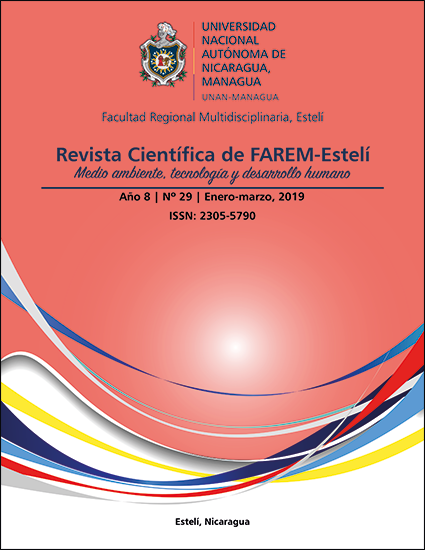Socioeconomic analysis of the Almond tree (Dipteryx oleifera Benth) in the Rama Kriol indigenous territory: Tiktik Kaanu
DOI:
https://doi.org/10.5377/farem.v0i29.7626Keywords:
Dipteryx oleifera, utilization, benefit-cost, wood, coalAbstract
During 2007 and 2008, a work was completed at the Agroforestry Transfer Center (CeTAF), evaluating the economic potential of the almond tree (Dipteryx oleifera), considering the forms of use: benefits of the seed (traditional form) and the benefits of the bark (wood and coal). A benefit-cost analysis (ABC) was carried out on the operational forms projected for 30 years, with and without investment. The results obtained in the ABC with and without investment; taking advantage of the wood: an IRR (internal rate of return) of 15% and 40%, NPV (net present value) of C$ 292 and C$ 6,763 and CBR (benefit-cost ratio) was C$ 1.04 and of 9.57 C$ respectively. Using the coal, we obtain an IRR of 13% and 34%, the NPV of -2049 C$ and 2156 C$ and the RBC of 0.69 C$ and 20.77 C$. Finally, using the seed, a TIR of 11% and 46% is obtained, a NPV of -3635 C$ and 2940 C$ while the RBC is 0.45 C$ and 37.5 C$. The socio-environmental analysis was defined through the PSA (payments for environmental services). The environmental goods and services identified in CeTAF were difficult to economically account.



